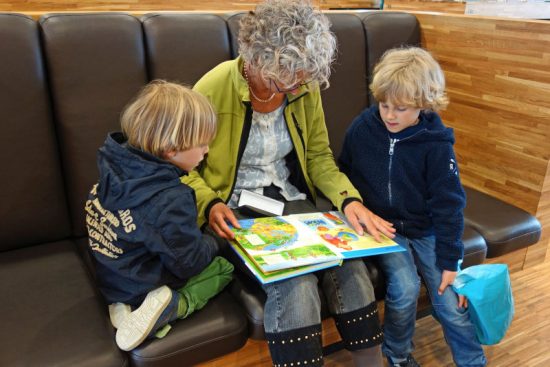This page may contain affiliate links. If you purchase something through one of the links, we may receive a commission at no extra charge to you. Still, we would include only products we actually trust and believe will be helpful for you.
Learning a second language is unsurprisingly quite beneficial for child development. That’s not to mention the ability to communicate fluently with many more people around the world including those that speak Spanish and French (two of the most spoken languages worldwide).
Most parents probably don’t want the high cost or time commitment that comes with scheduled language classes or tutors. That essentially leaves you with the option of an online prerecorded program. It’s relatively cheaper and can be performed according to your (and your child’s) schedule.
With that said, parents might find it difficult to decide on what foreign language program to pick. There are many options available out there, some are good, others not so much. So, we’re here to help.
Following are the main factors you should consider when trying to choose a good language course for your child.
1. Target Age Group
First of all, before everything else, check the target age of the language program as advertised on their website. Some are great for toddlers and preschoolers while others are intended for older elementary schoolers or teens.
You don’t want to waste days or even hours doing research only to find that the course is not suitable for your kid’s age.
There always should be a clear mention of the target age. So, you should avoid any program that doesn’t mention it, or says something like “for all children ages” which is honestly nonsense. Because every age group has a unique learning capacity and requires a different form of teaching.
2. Languages Offered
Just like with the target age, from the get go, ensure that the program includes the specific foreign language you want to teach your child. This is especially important when the language you want is not really sought after such as Indonesian and Persian.
Of course, if you’re just looking for popular languages (e.g. Spanish), you probably won’t have an issue with most courses out there.

3. Program Cost
It makes sense to consider the cost of a language program for your kid before joining. This is essentially to ensure you can actually afford it.
Though based on our experience, the majority of programs won’t cost you more than $20 per month.
4. Online Reviews
Look for reviews on the language program online including forums. And take a note about what people are saying:
- Are they still using the program or not?
- If they cancelled their subscription, what is the reason(s)?
- What do they like and dislike about the program?
- Do they recommend it?
Of course, it’s important to read through as many reviews as possible to make a more informed decision.
5. Lessons
You want to check how easy it is to teach the foreign language lessons to your kid. Here are two things to look out for:
- Are the lessons organized and easy to keep track of?
- Are there step-by-step instructions when needed?
Those things help to make the course more practical and faster for parents to implement.
Conclusion
Those are the factors you want to consider when looking for a foreign language program for children.
Be sure to take advantage of the program’s trial period before buying. You will be able to fully test everything out and decide whether it’s good for your child or not.
We hope the article is helpful for you as a parent in choosing the right language course.




